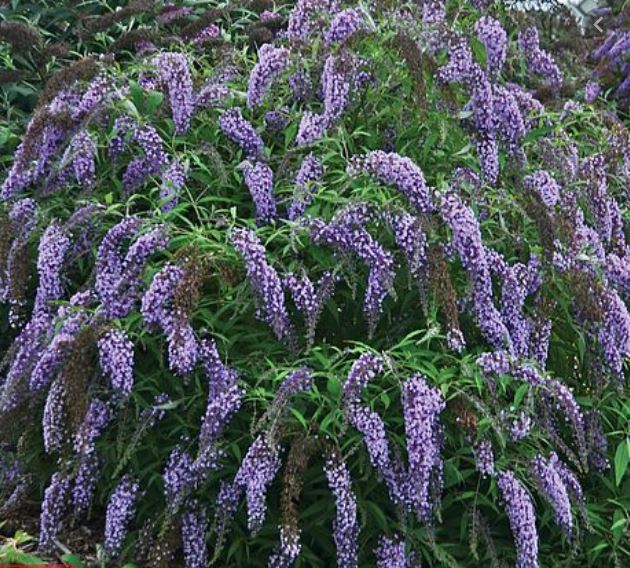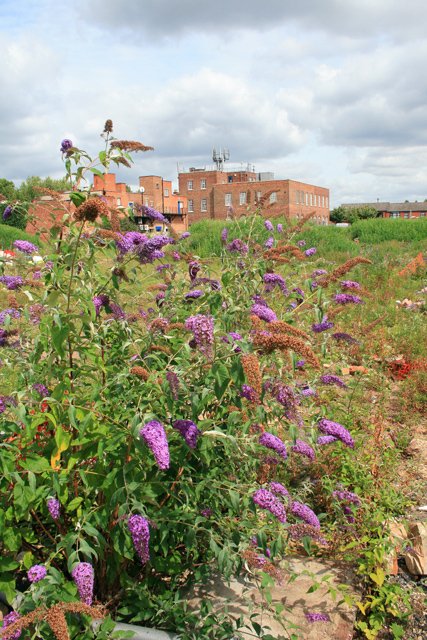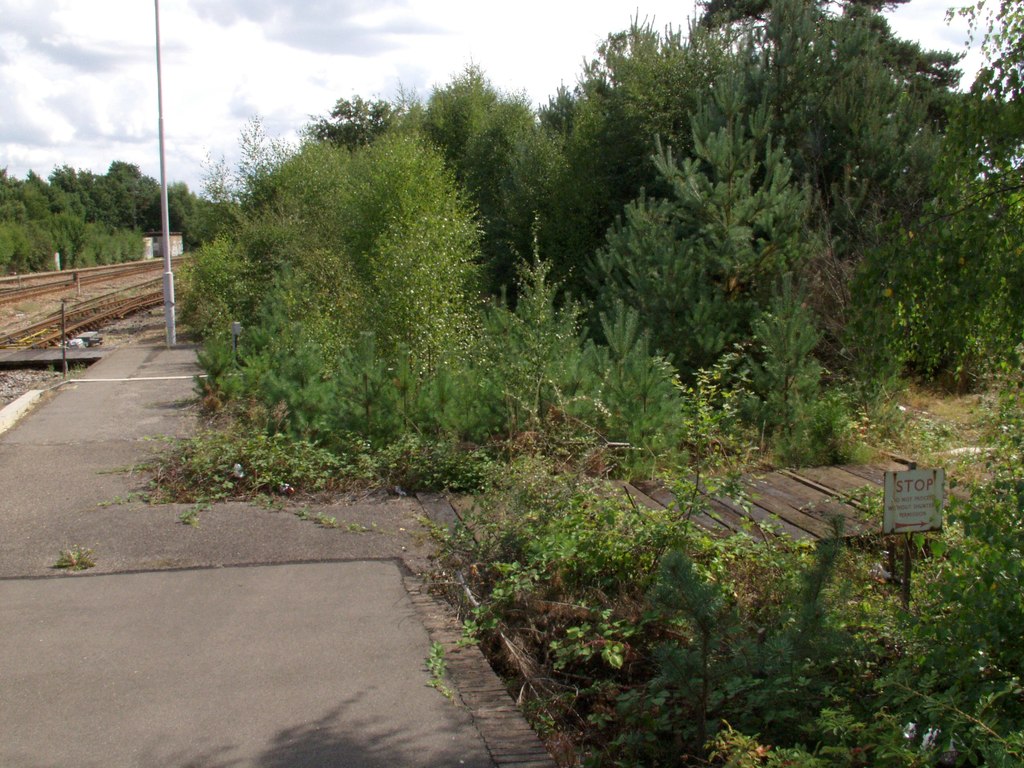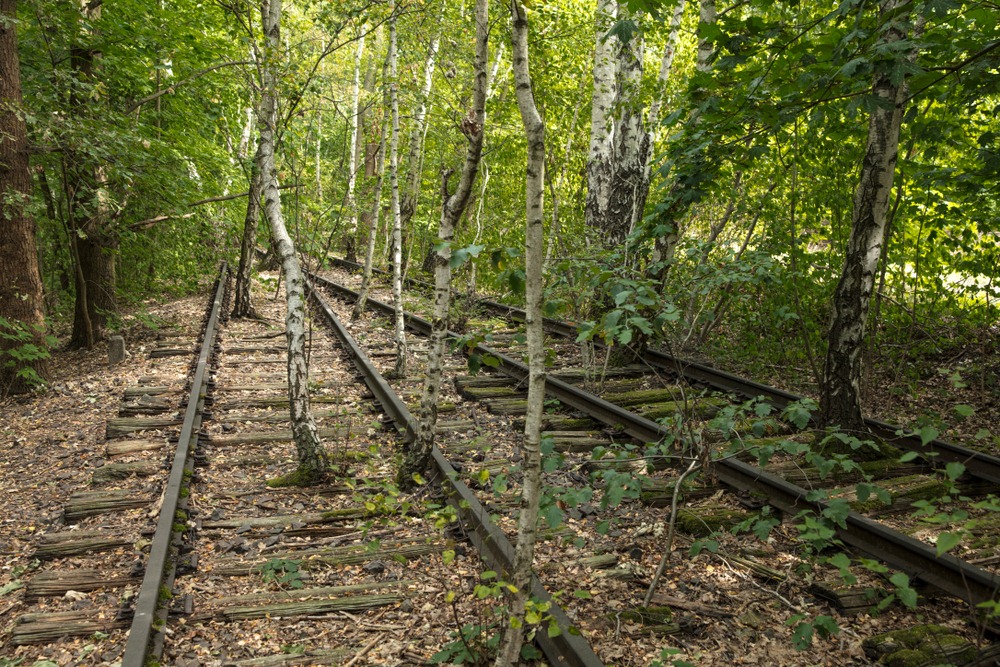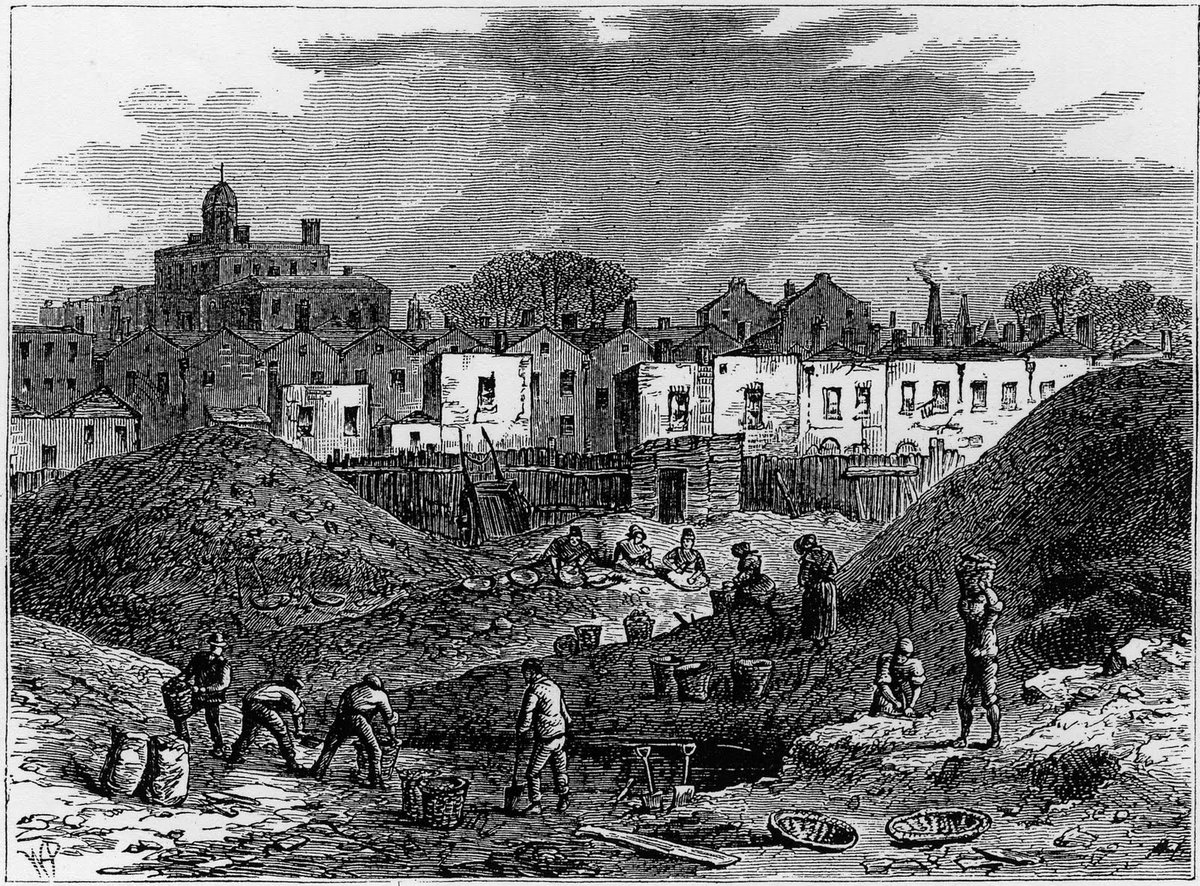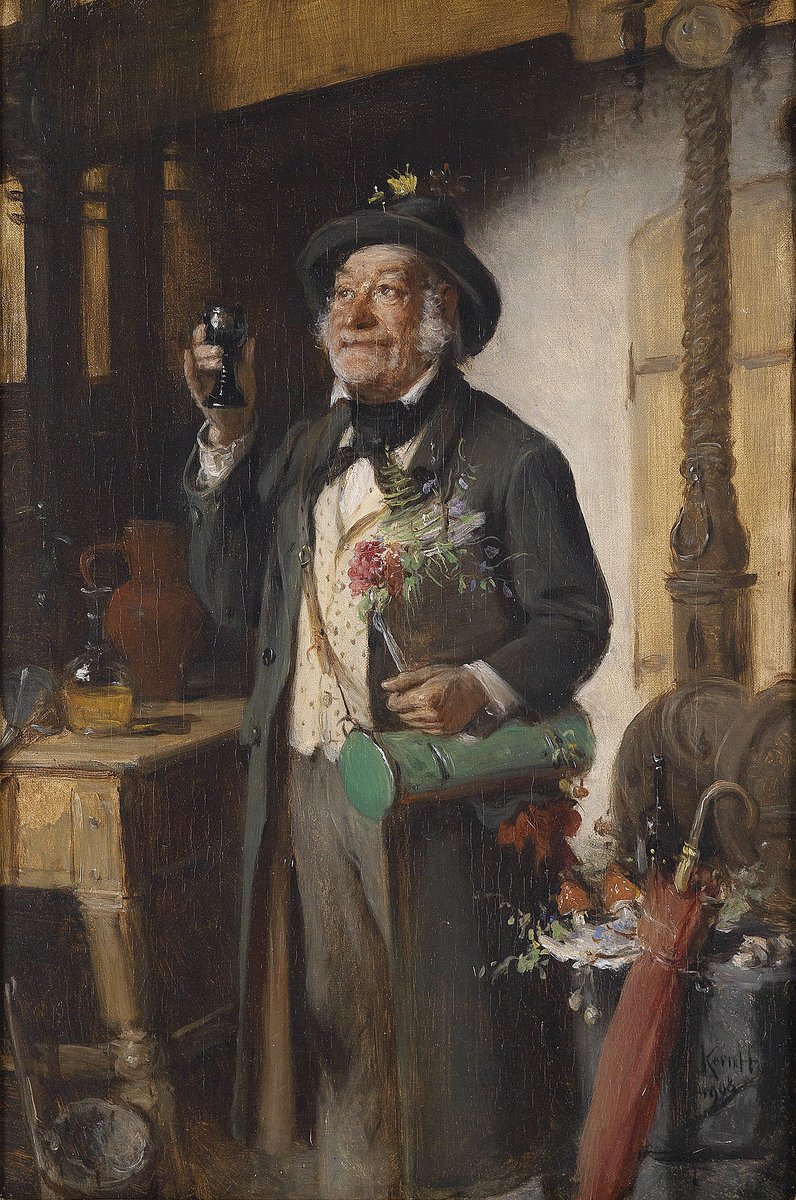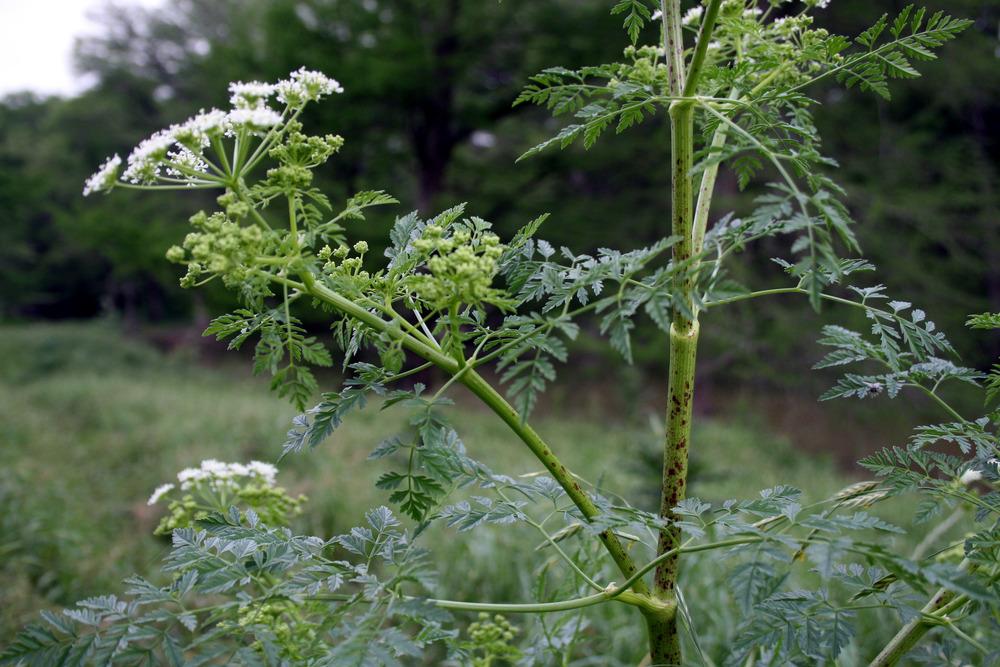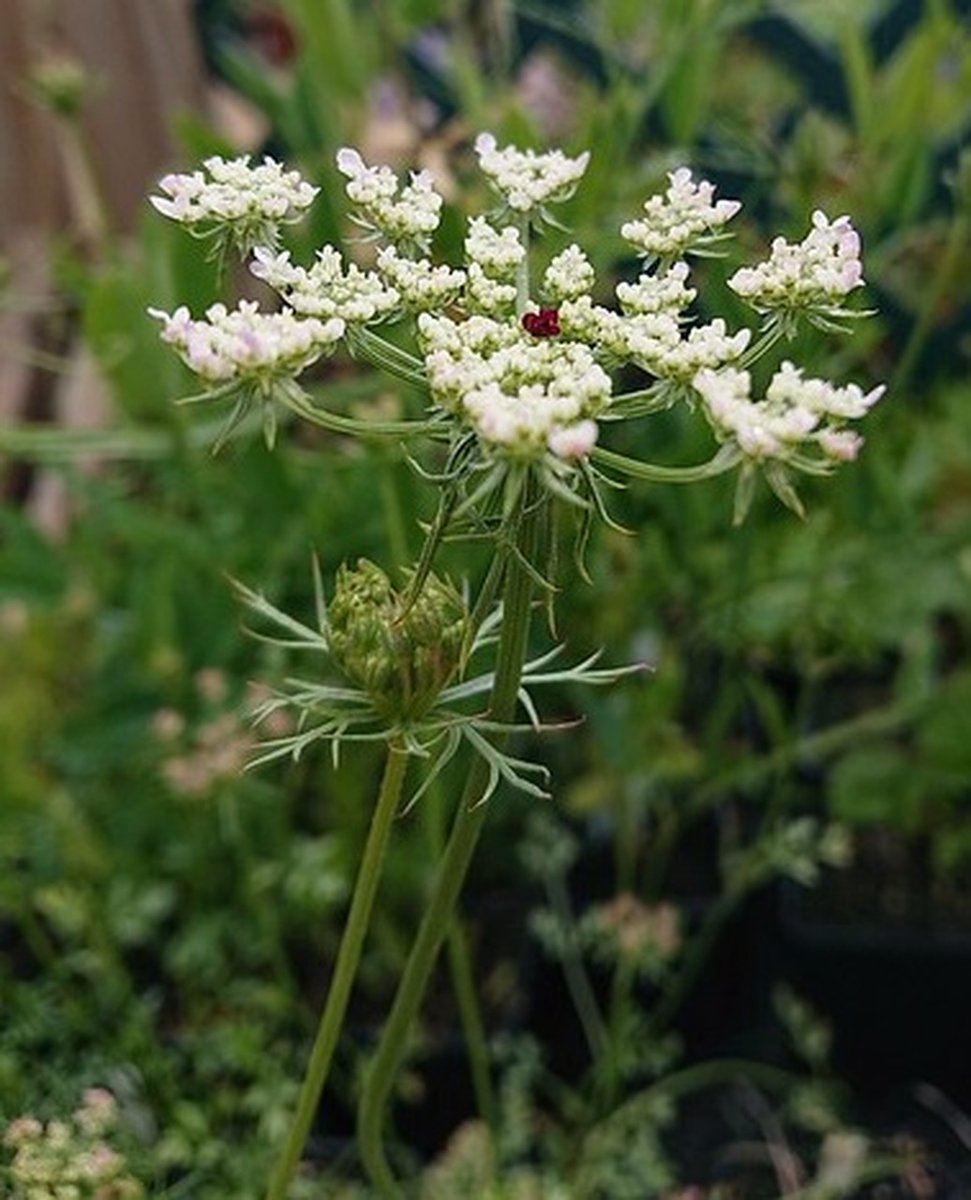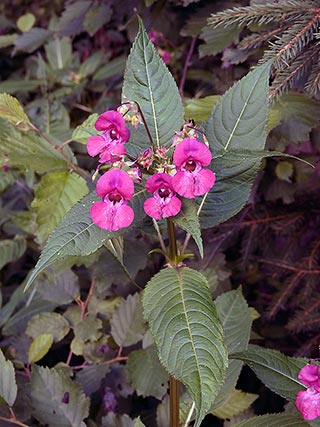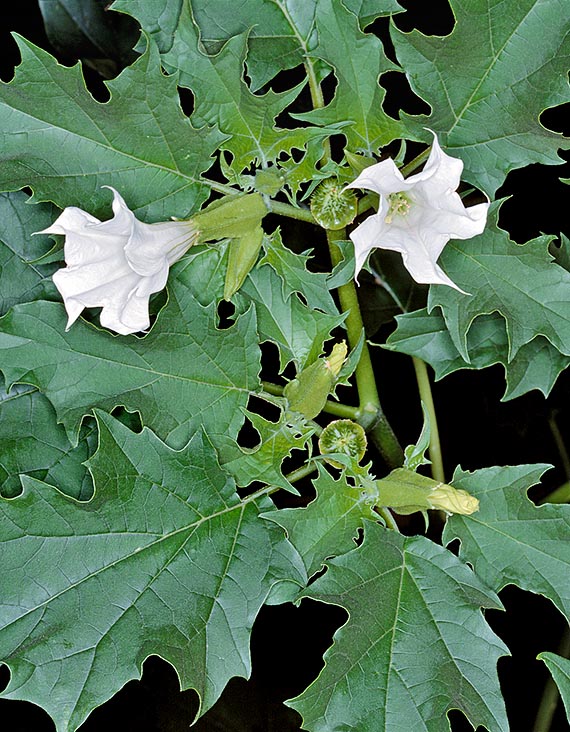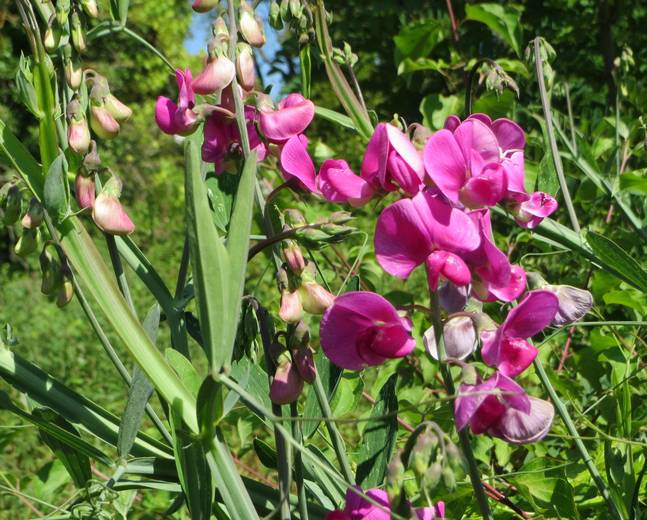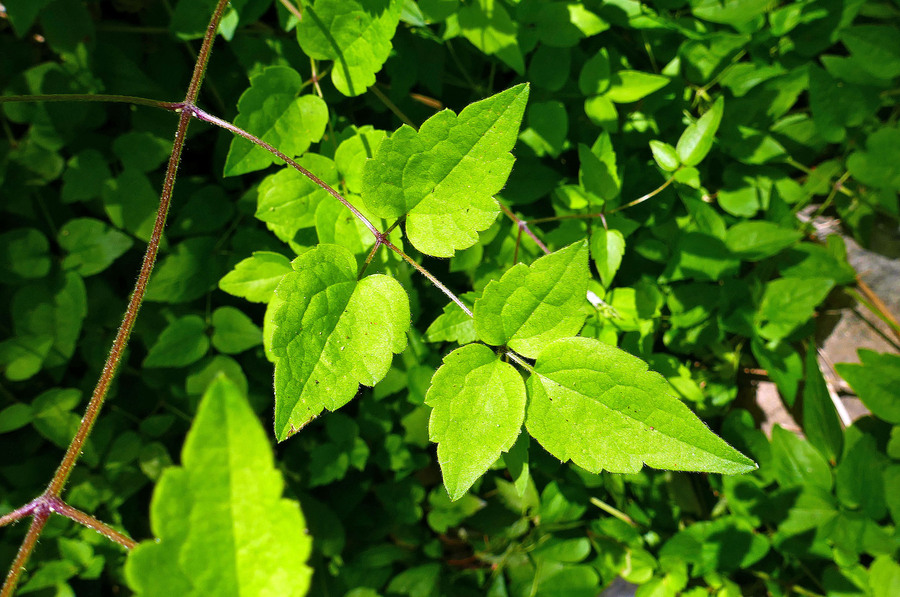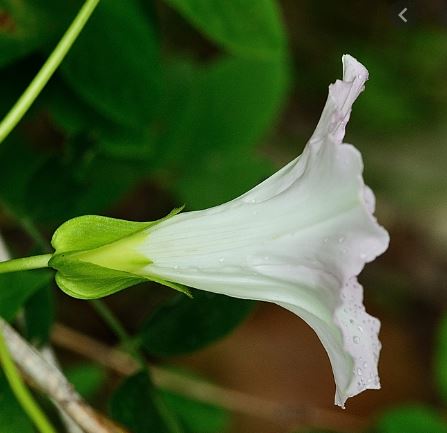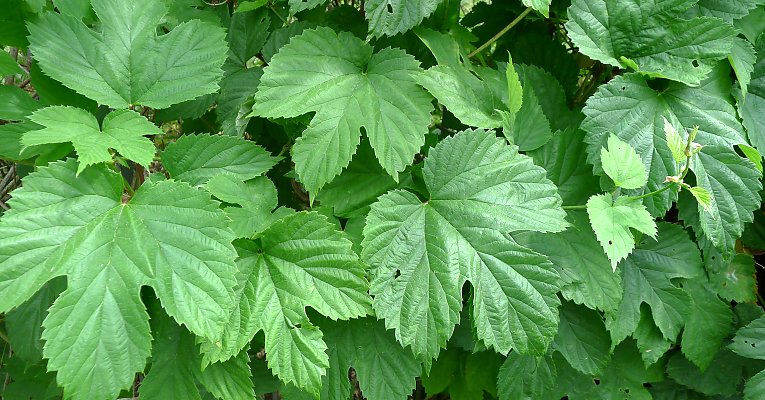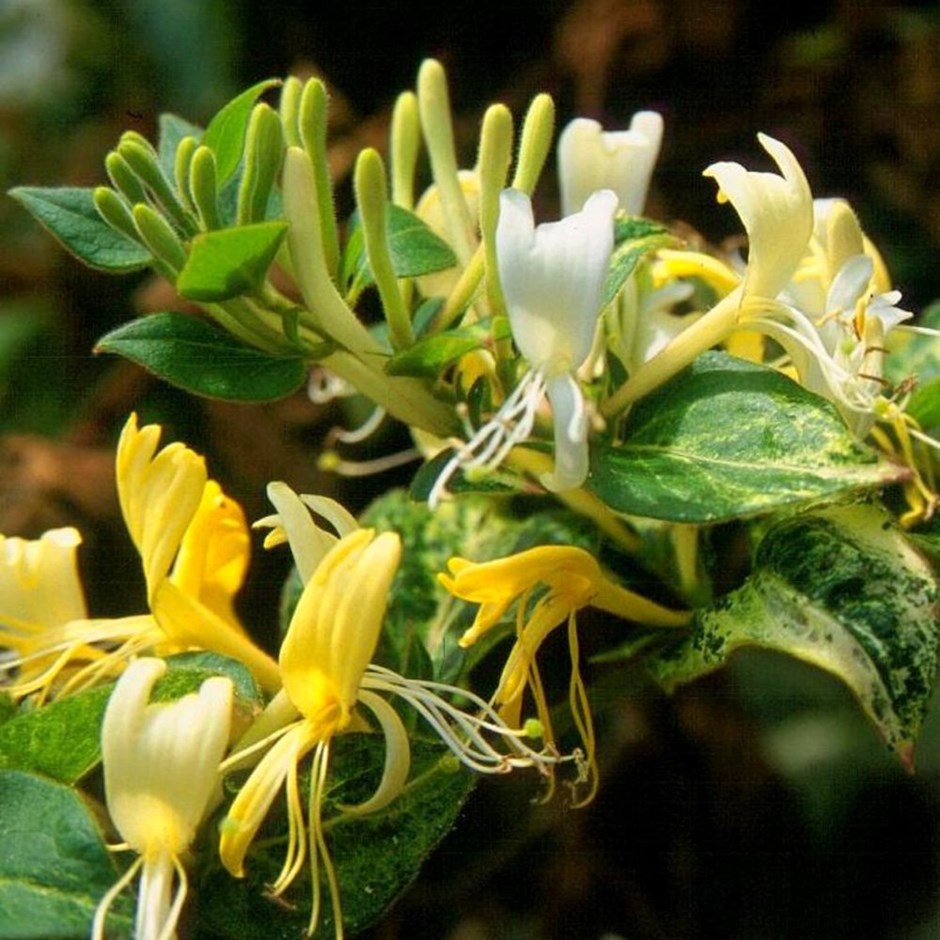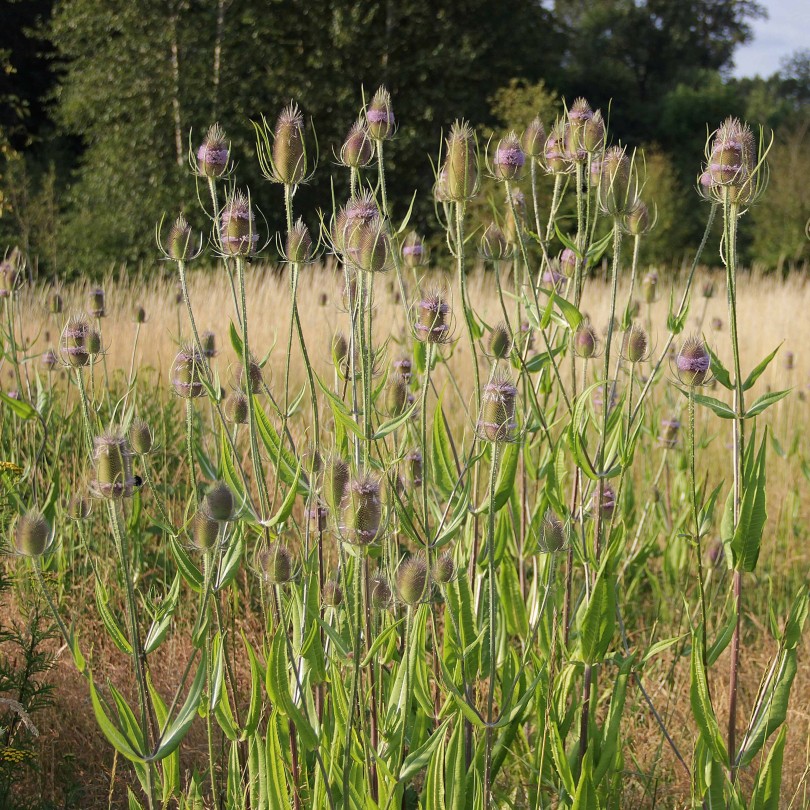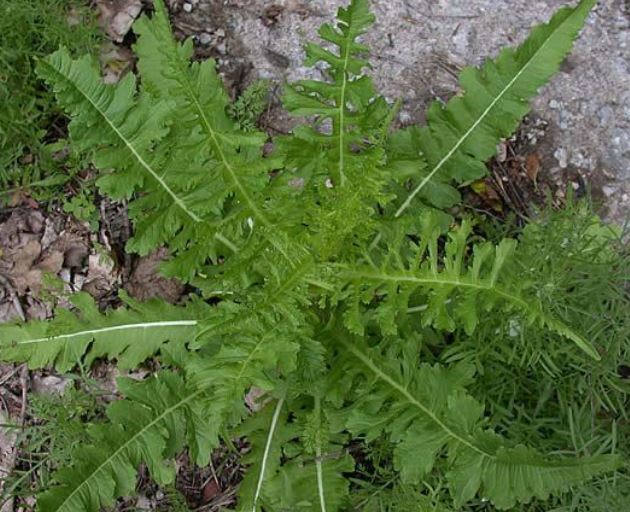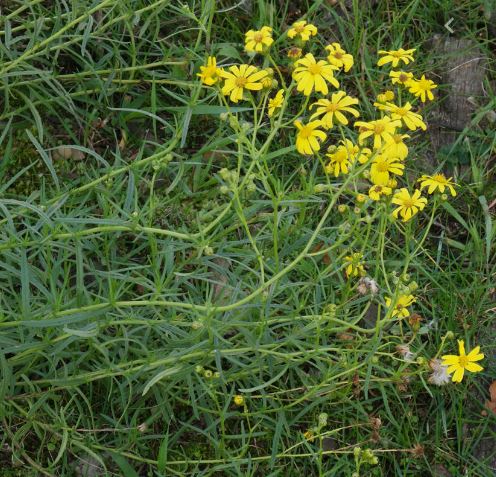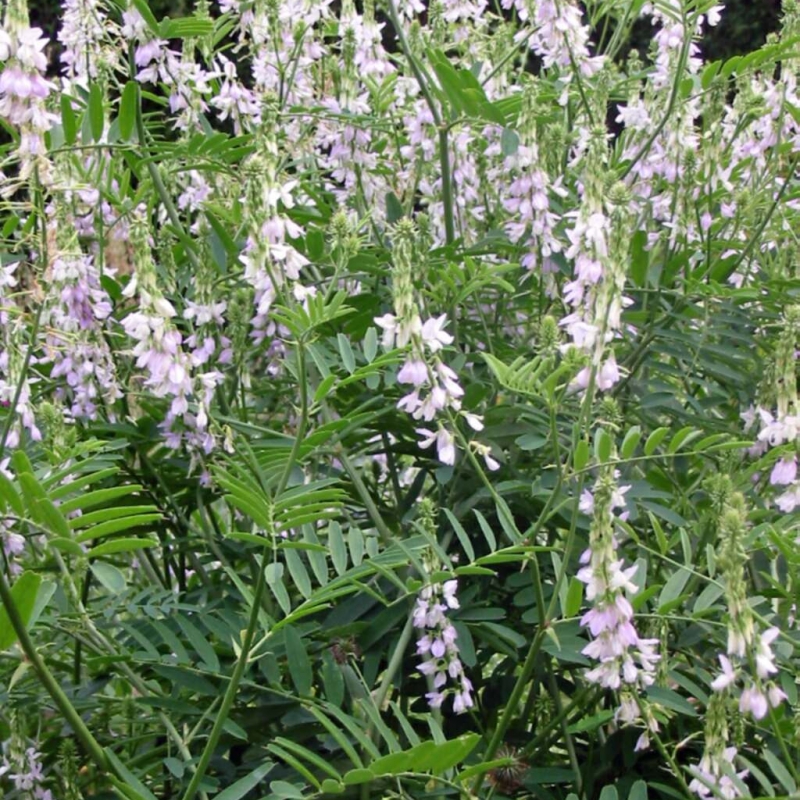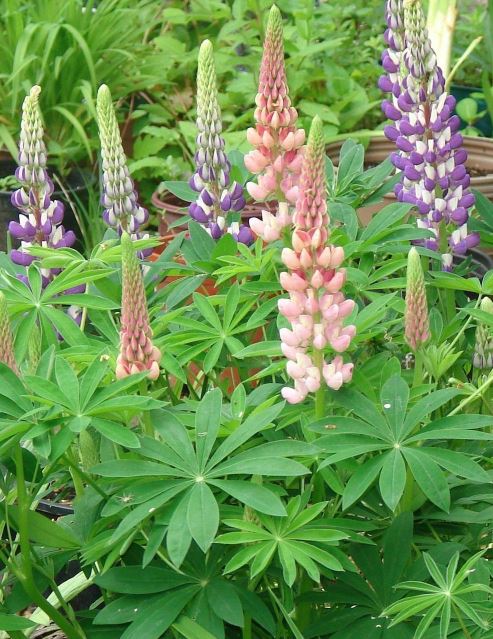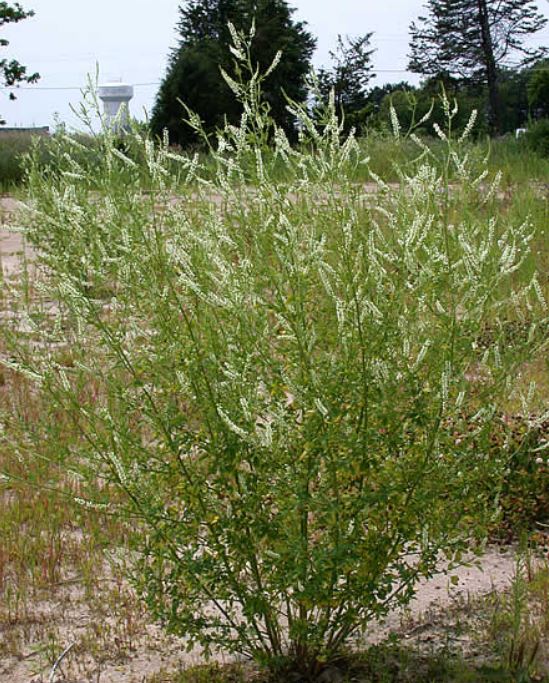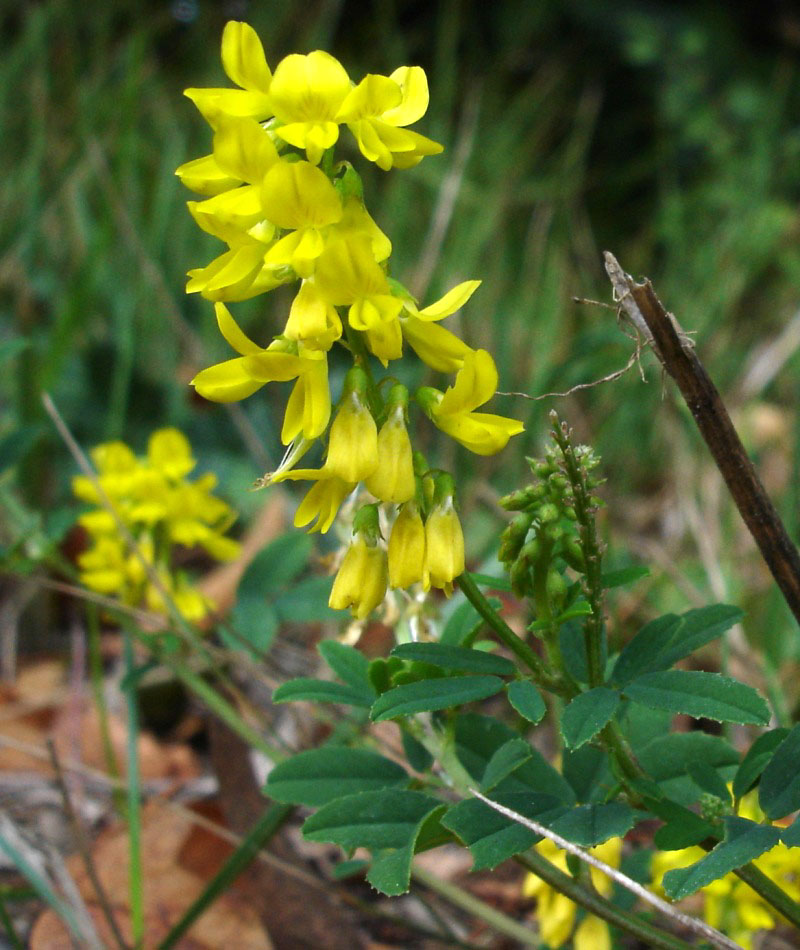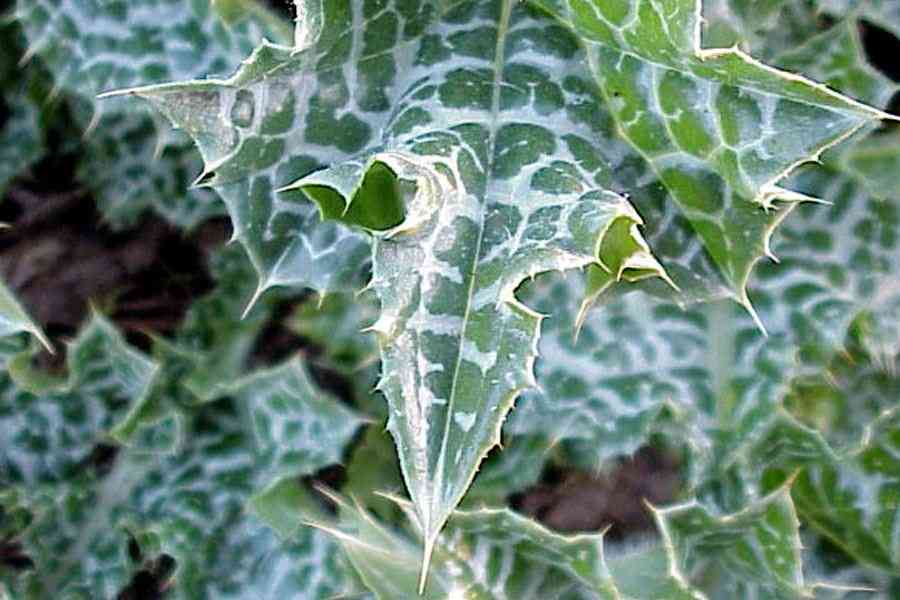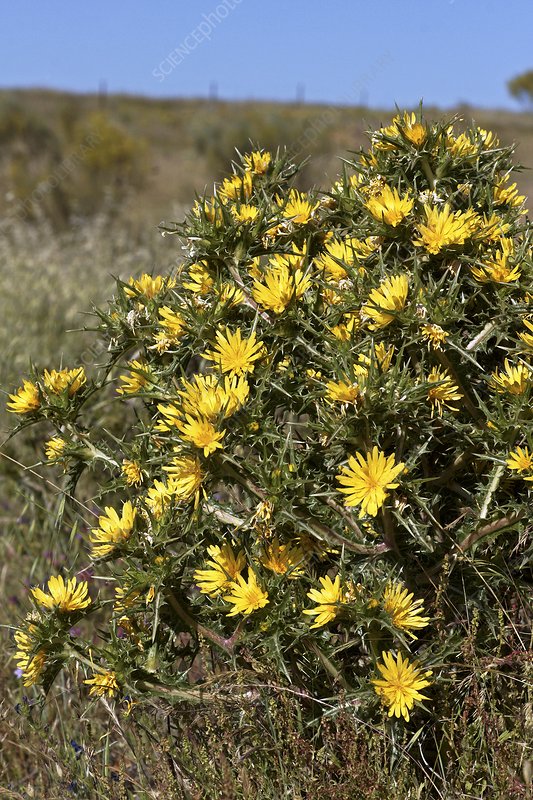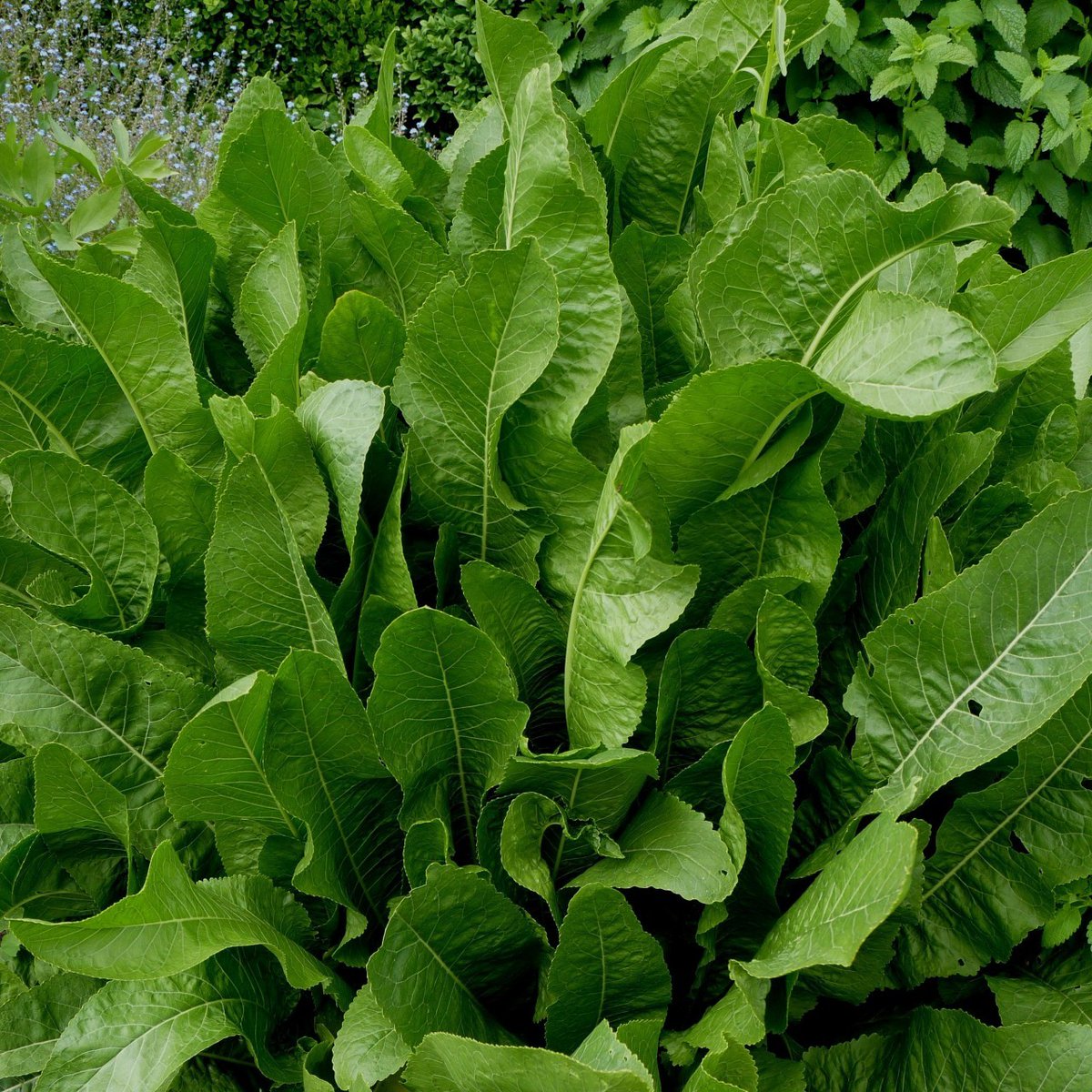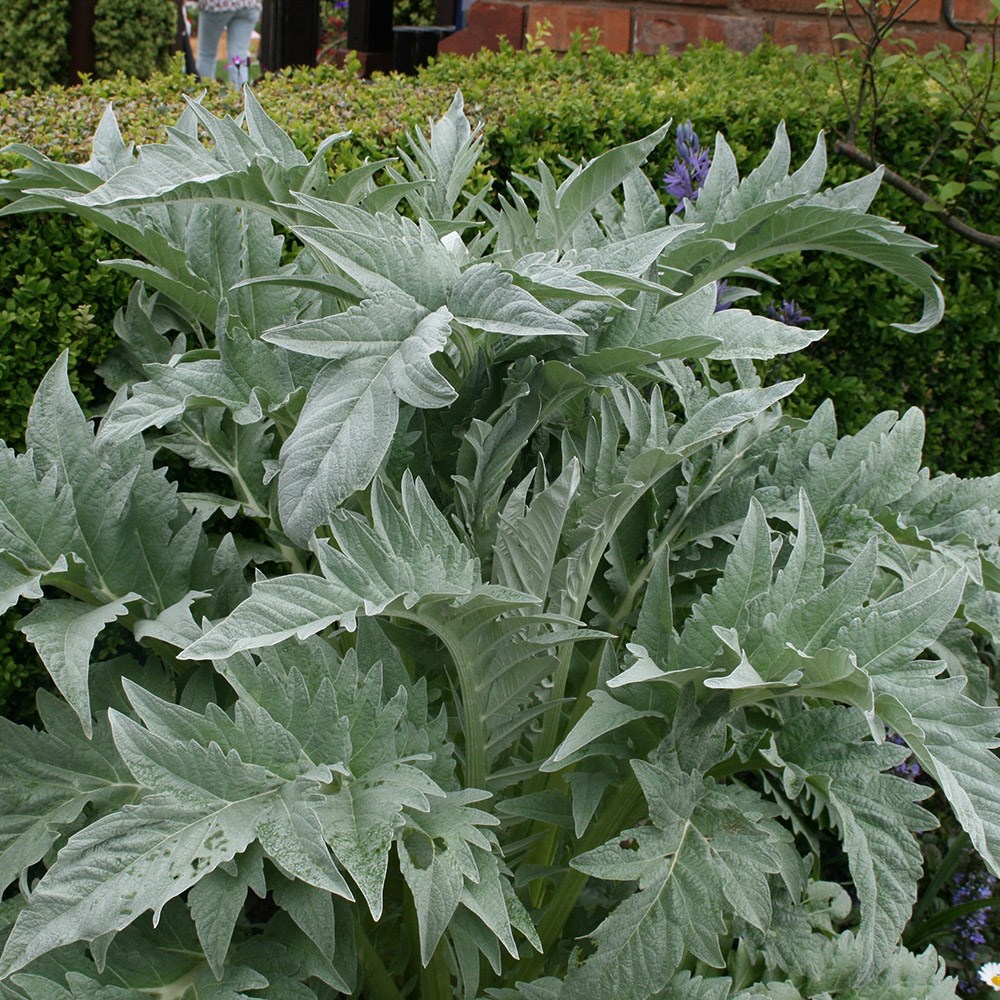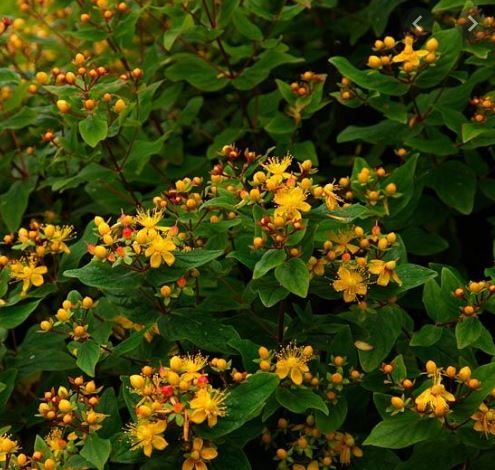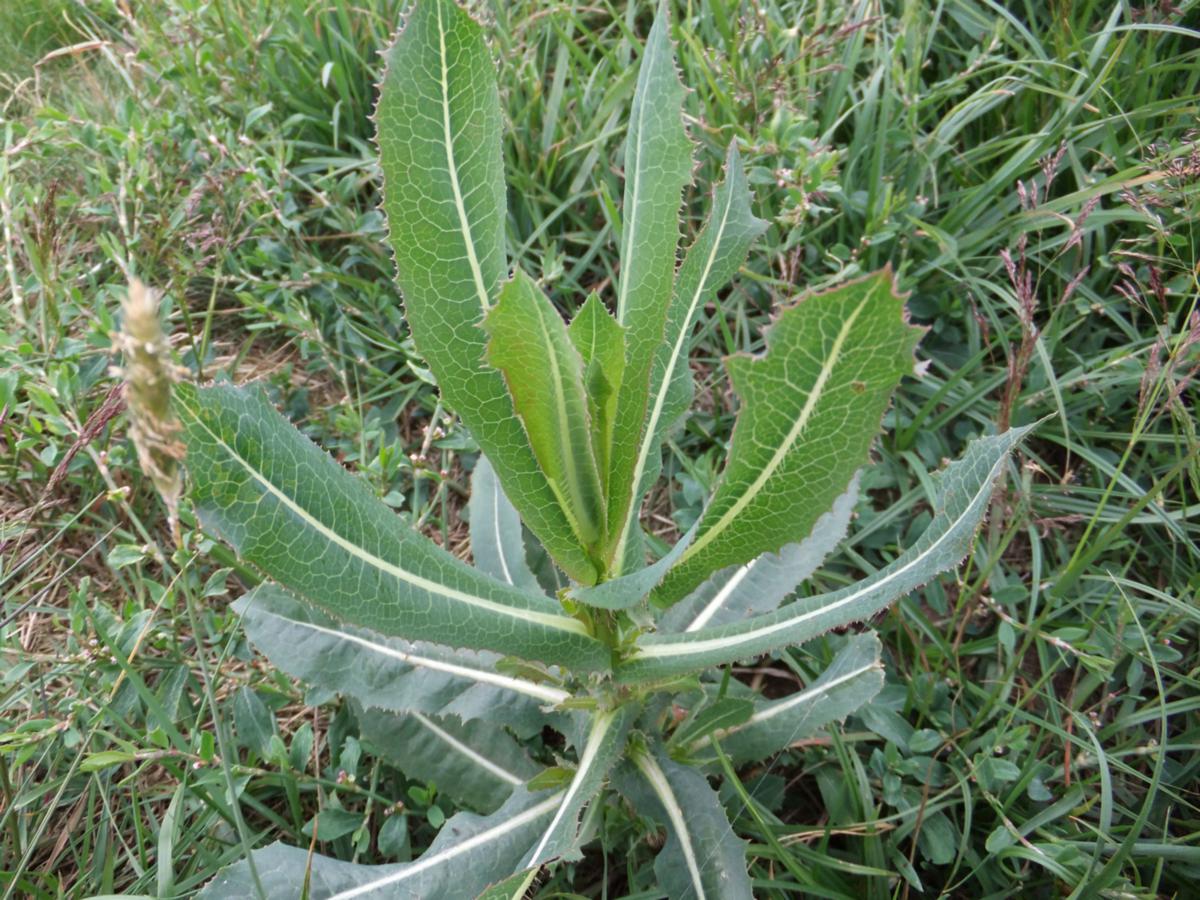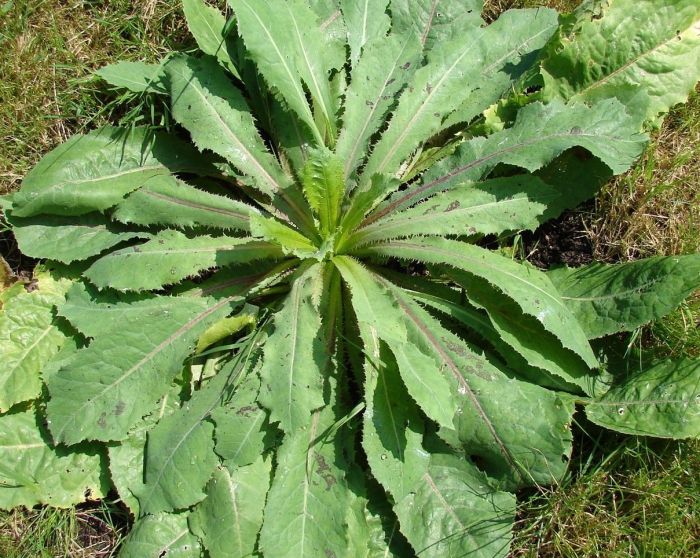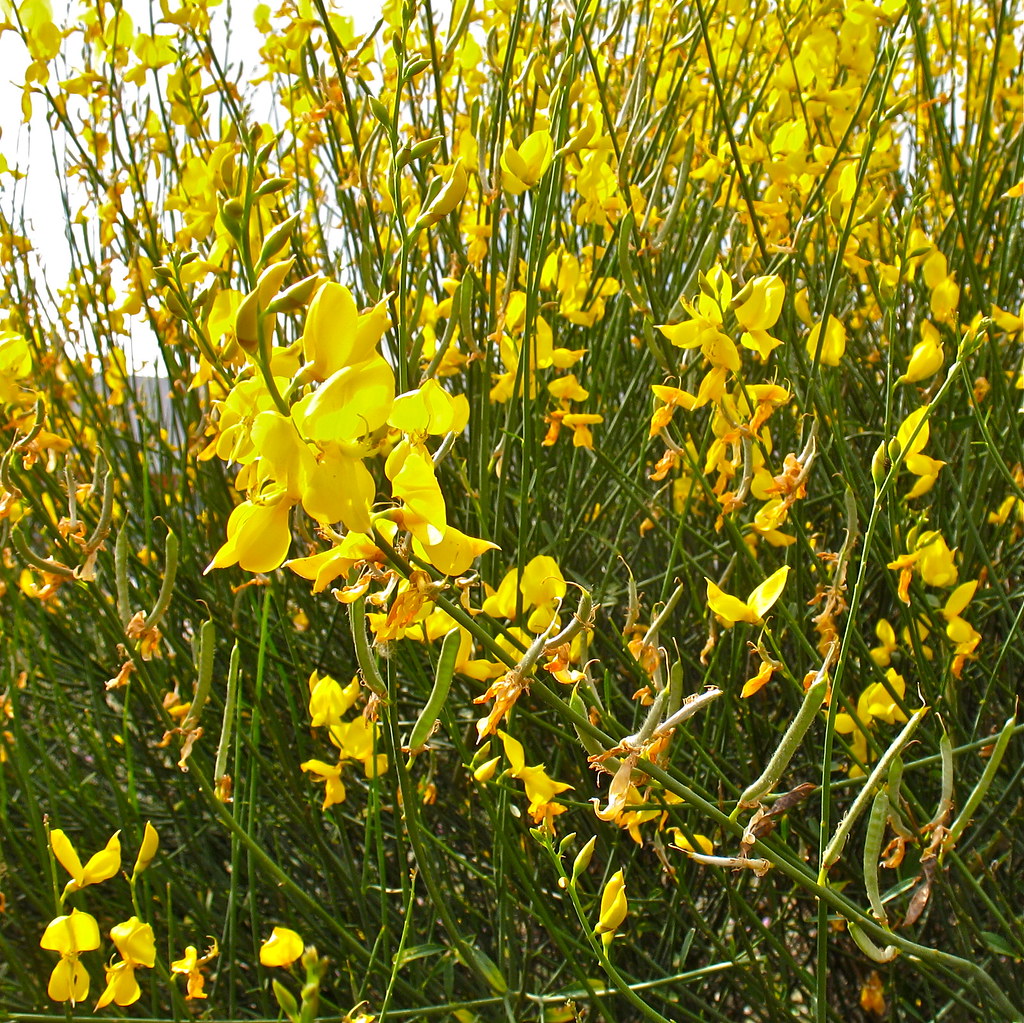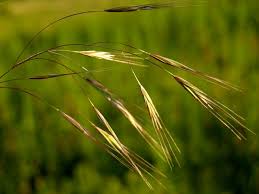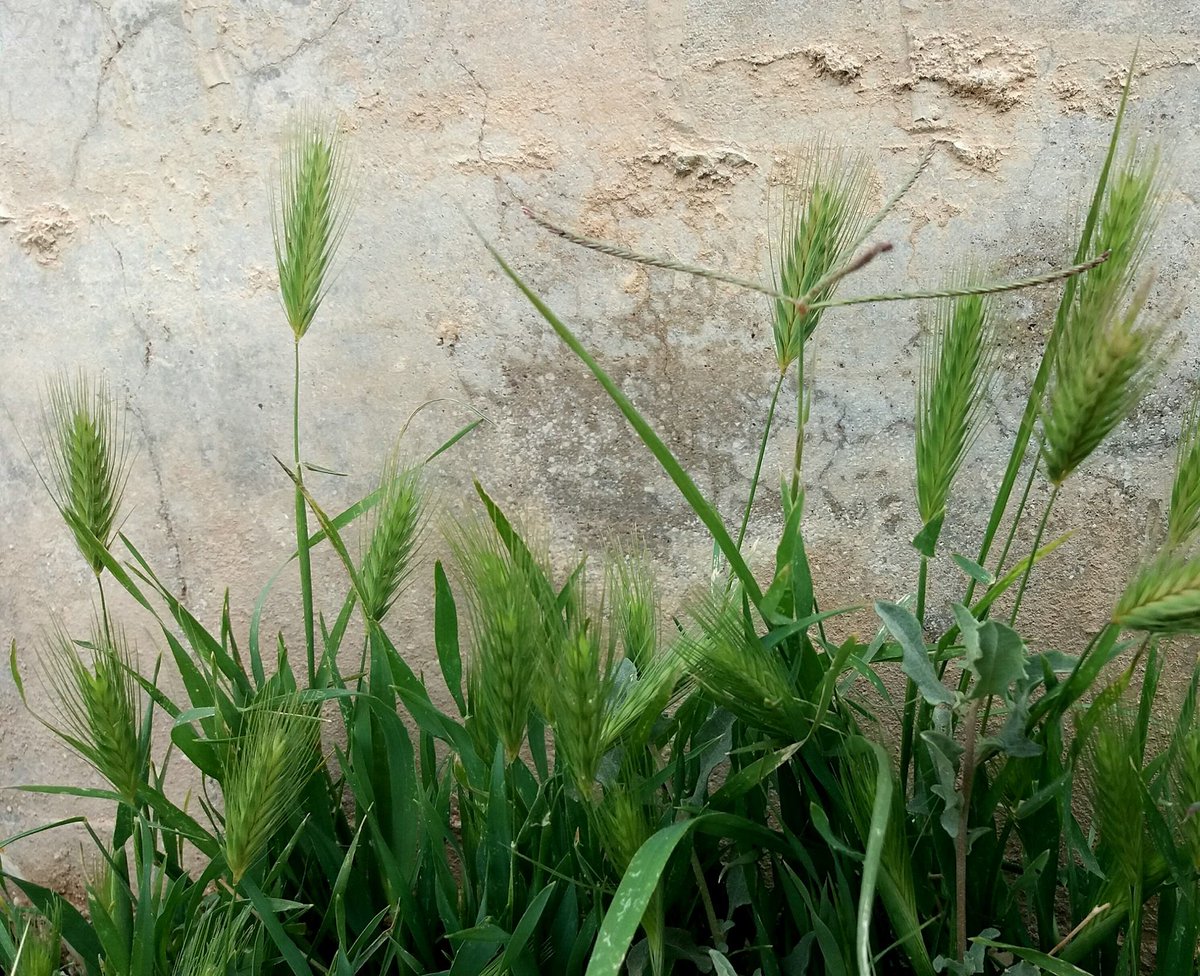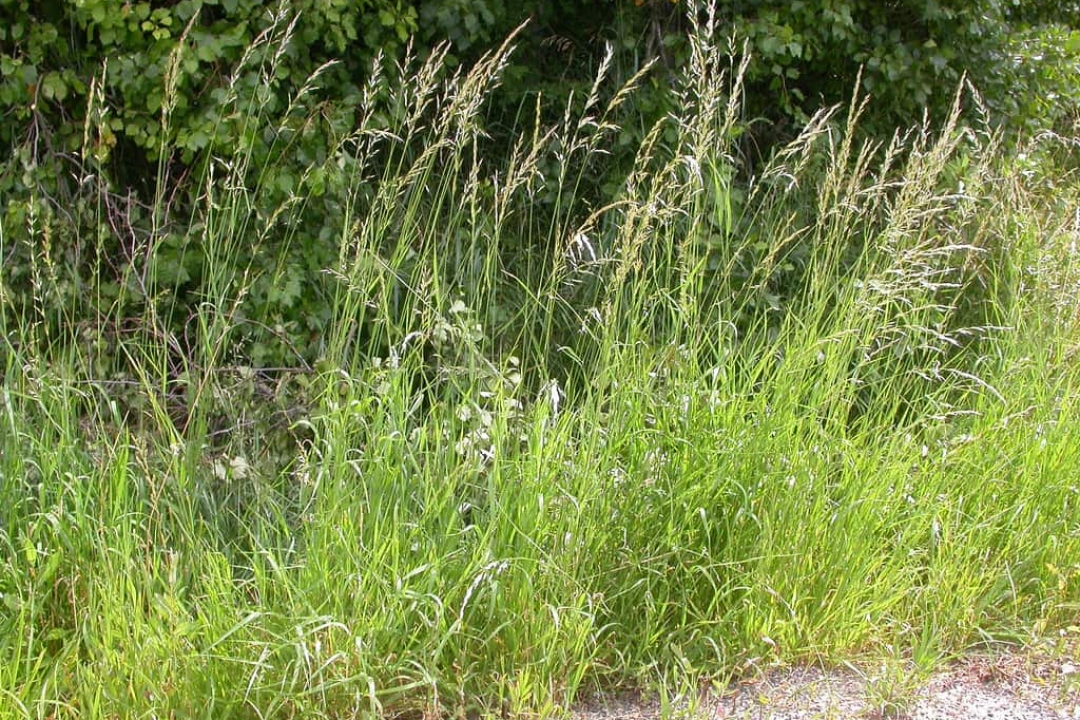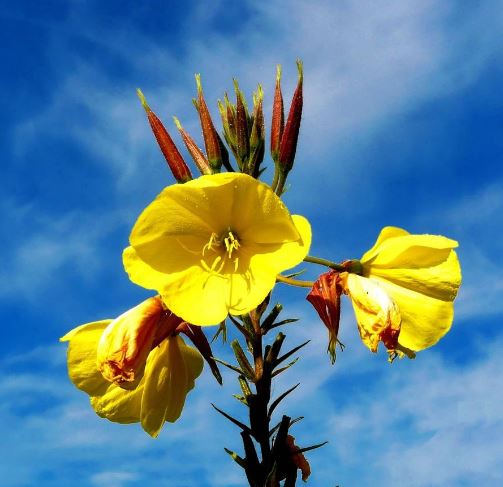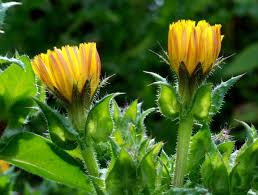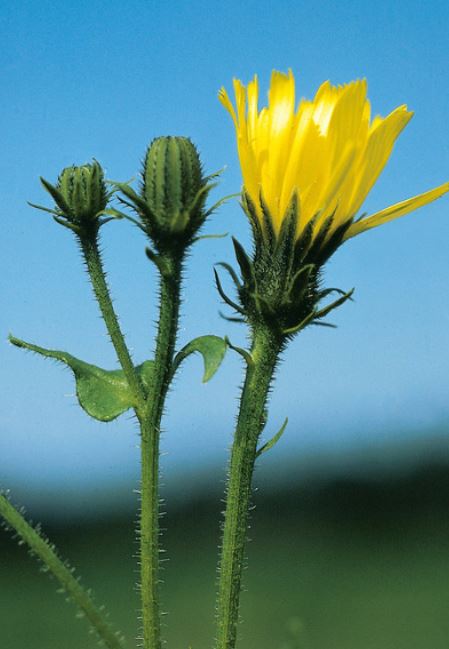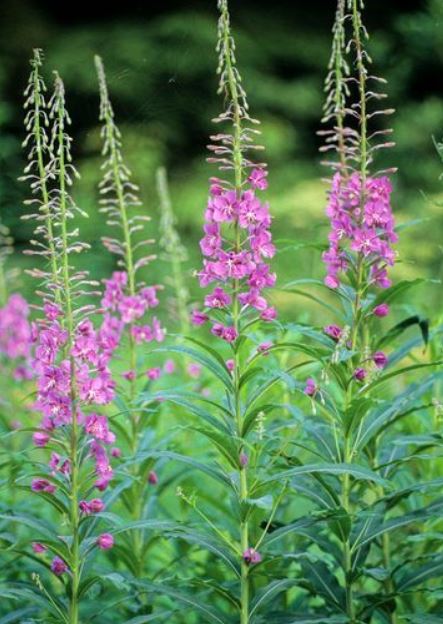If, like me, you enjoy botanizing in towns, then it is likely that waste ground is one of your favourite habitats. The species diversity is off the scale compared to natural habitats, and much of the flora is exotic in origin.
The waste ground community is characteristic of sunny sites on flat, freely-drained ground, typically where buildings have been demolished, on substrates with a relatively high pH like cinder, railway ballast, broken concrete or building rubble.
Waste ground develops a highly distinctive plant community, typically dominated by Buddleja davidii (Butterfly-bush, Scrophulariaceae).
The seed-bank is usually small: most species arrive as wind-borne seeds or bird-dispersed fruits, but the flora is constantly augmented by horticultural fly-tipping. Succession begins with open, often compacted ground, with scattered patches of annual species (grasses & dicots).
Then Buddleja thickets develop, sometimes with extensive clearings, but often in dominant monocultures.
In the clearings, there is then a (sometimes protracted) phase of dominance by perennial grasses, sufficient to stop the further recruitment of Buddleja by seed
Eventually, taller trees become established: first Birch and Sallow, then Goat Willow, Elder, Sycamore, Tree of Heaven, Scots Pine and such like .
Several enlightened local authorities in Germany have redefined long-abandoned waste land as parks or nature reserves (like Park am Gleisdreieck and Flaschenhalspark on former railway land in Berlin, below).
In these days of heightened health and safety awareness we are denied access to the kinds of sites that previous generations of botanists enjoyed, like rubbish tips and sewage works, by trespasser-proof high-security fences.
There is always a frisson about venturing out onto a new piece of waste land: What kind of human low-life will I encounter? Will I get out unscathed ? Truth is, I almost never see anyone, and on the rare occasions that I do, they are invariably friendly.
If you’re at all concerned, then go with a friend. A top tip is to visit early in the morning, when the drug dealers are still tucked up in bed.
I’ll go through the species in pairs, concentrating on close relatives and/or look-alikes, with an emphasis on the bigger, most conspicuous plants of the ground layer. First the big umbellifers (Apiaceae): Conium maculatum (Hemlock, left) and Daucus carota (Wild Carrot, right)
The two most triffid-like of the alien plant invaders are Japanese Knotweed (Reynoutria japonica, Polygonaceae, left) and Himalayan Balsam (Impatiens glandulifera, Balsaminaceae, right)
Two spectacularly big flowers are Datura stramonium (Thorn-apple, Solanaceae, left) and Lathyrus latifolius (Broad-leaved Everlasting-pea, Fabaceae, right). Both have notoriously long-lived seed banks
Climbers grow rampant on waste ground. The biggest are Fallopia baldschuanica (Russian-vine, Polygonaceae, left) and Clematis vitalba (Traveller’s-joy, Ranunculaceae, right).
Two very close relatives in the Convolvulaceae (Bindweeds) are told apart by their bracteoles: in Calystegia sepium (Hedge Bindweed, left) they don’t overlap, but in Calystegia sylvatica (Large Bindweed, right) they do overlap.
Two other climbers that you’re very likely to find are Hop (Humulus lupulus, Cannabaceae, left) and Japanese Honeysuckle (Lonicera japonica, Caprifoliaceae, right).
Back to a pair of statuesque species of Dipsacaceae: one very common and one very rare. The common one is Teasel (Dipsacus fullonum, left). The rare one is Cut-leaved Teasel (D. laciniatus, right). The first has serrate leaves, the second pinnately dissected (at least half way)
Two rather similar-looking alien Ragworts next (Asteraceae). On the left is Senecio squalidus (Oxford Ragwort) with lobed middle and upper leaves, and on the right Senecio inaequidens (Narrow-leaved Ragwort) with un-lobed, narrow-willow-like leaves.
Some big legumes next (Fabaceae). The commonest, and one of the largest, is Galega officinalis (Goat’s-rue, left). The Lupin you are most likely to see is an outcast from gardens Lupinus x regalis (Russell Lupin, right).
White-flowered Melilots are easy: Melilotus albus (White Melilot,left). With the yellow ones you need to look carefully at the side of the flower (x10). Melilotus altissimus (Tall Melilot, right) has the keel about the same length as the wings (M. officinalis has a shorter keel)
If you are fortunate you might come across some of the rarer thistles. These ones are (great name coming-up-alert) Silybum marianum (Milk Thistle, L), and one of the few yellow thistles Scolymus hispanicus (Golden Thistle, R). Is it Silybum because its spines are so sharp?
One of the features of waste ground is the number of huge leaf-rosettes you’ll come across. On the left is Horse-radish (Armoracia rusticana, Brassicaceae), often much-nibbled by beetles. On the right Globe Artichoke (Cynara cardunculus, Asteraceae) with its silvery-grey leaves.
Here are two woody plants, both sown by fruit-feeding birds. Hypericum x inodorum ‘Elstead’ (Tall Tutsan, Hypericacea, left), often mis-identified as the native Tutsan. Much the commonest of a huge genus is Cotoneaster simonsii (Himalayan Cotoneaster, Rosaceae, right)
Believe it or not the next two inedible-looking, latex-filled plants are our closest relatives of Lettuce (Asteraceae). Lactuca serriola (Prickly Lettuce, L), Lactuca virosa (Great Lettuce, R). Plant breeding is a wonderful thing. Have you ever tasted wild cabbage or wild carrot?
Here are two yellow-flowered legume shrubs: the taller, almost tree-like one is Genista aetnensis (Mount Etna Broom, left) with tiny pea-pods. The shorter (but still bigger than our native Broom) is Spartium junceum (Spanish Broom, right). Both are also common by railways.
There are two monster grasses to be found (Poaceae): the common one is Cortaderia selloana (Pampas-grass, left) with an upright white panicle, and the much rarer C. richardii (Early Pampas-grass, left) with a droopy, golden panicle (but this is commoner of the two in Scotland)
At the moment, the two most abundant regular-sized grasses (Poaceae) are Anisantha sterilis (Barren Brome, left) and Hordeum murinum (Wall Barley, right)
Later on, the taller perennial grasses will dominate, including Arrhenatherum elatius (False Oat-grass, left) and Elymus repens (Common Couch, right)
Two of the most spectacular yellow flowers you will find are Evening-primroses (Onagraceae). The biggest, with petals more than 3cm is Oenothera glazioviana whose very long style holds the stigmas well above the anthers (L). Slightly smaller (petals 1.5-3cm) is O. biennis (R)
There are 2 Oxtongues (Asteraceae), now placed in different genera. Bristly Oxtongue is Helminthotheca echioides (left) which has huge outer bracts. Hawkweed Oxtongue is Picris hieracioides (right) which has distinctively narrow leaves and normal bracts. Both have bristly leaves.

 Read on Twitter
Read on Twitter

